The Lockheed SR-71 Blackbird, one of the most iconic aircraft ever built, continues to capture the imagination of aviation enthusiasts and military historians alike. Known for its sleek design and unmatched performance, the SR-71 was a marvel of engineering that pushed the boundaries of what was possible in aviation. Here are five incredible facts about the SR-71 Blackbird that highlight why this aircraft remains a legend in the world of aviation.
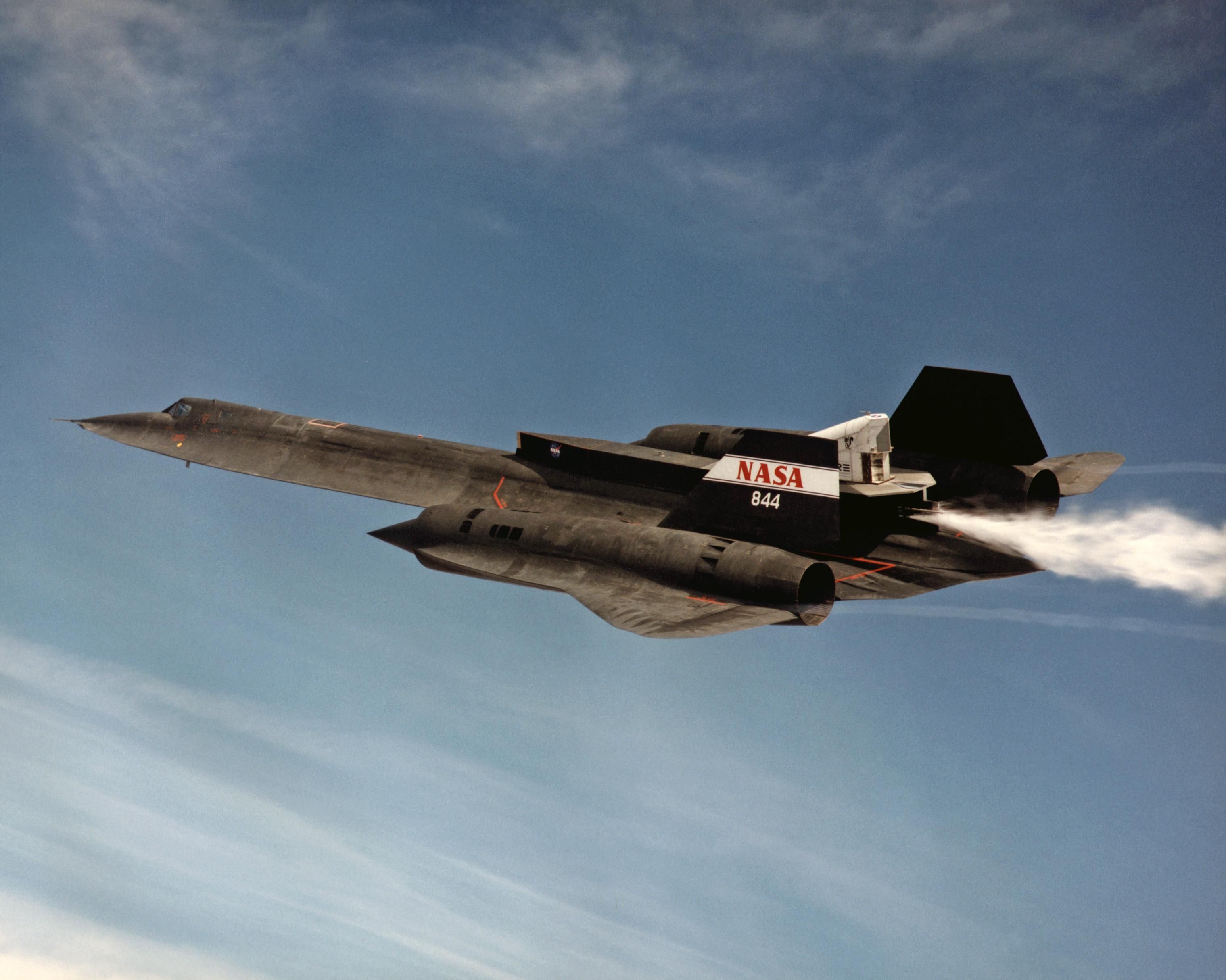
1. The Fastest Jet Ever Built
The SR-71 Blackbird holds the record as the fastest air-breathing manned aircraft in history. With a top speed exceeding Mach 3 (over 2,200 miles per hour), the Blackbird could outrun any missile fired at it during its time in service. To put this in perspective, the SR-71 could fly from Los Angeles to Washington, D.C., in just over an hour. The aircraft’s speed was so fast that it generated tremendous heat, with the exterior reaching temperatures of over 900°F. This required the use of special materials, like titanium, in its construction to withstand the extreme conditions.
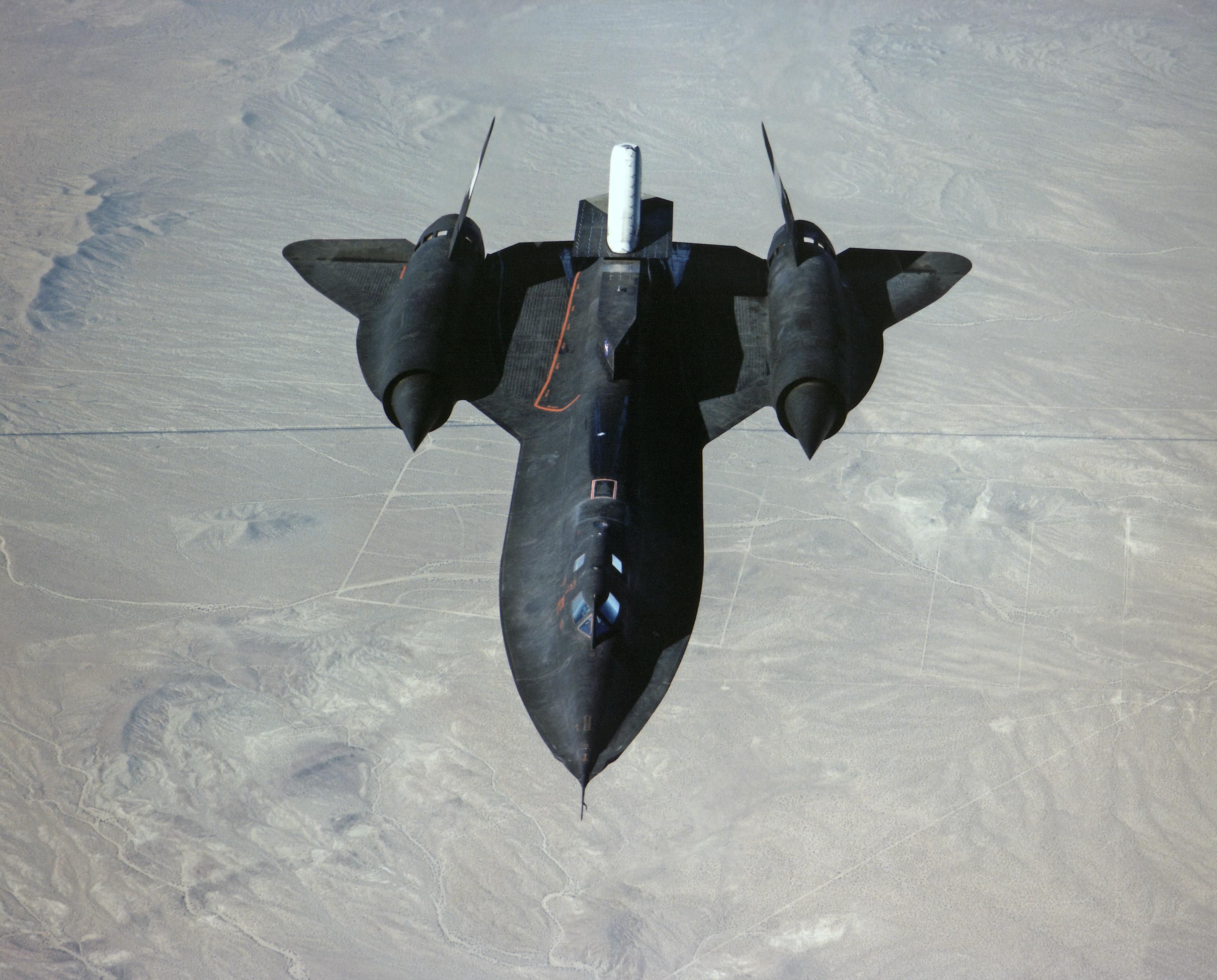
2. Designed for Stealth Before Stealth Was a Thing
Long before stealth technology became a buzzword in the defense industry, the SR-71 was designed with radar evasion in mind. Its shape, which included angled surfaces and a slender fuselage, helped to reduce its radar cross-section, making it more difficult to detect. Additionally, the SR-71 was coated with a special radar-absorbing paint that helped it blend into the night sky, further enhancing its stealth capabilities. While not as invisible to radar as modern stealth aircraft, the SR-71 was one of the first planes to incorporate these principles, making it a pioneer in the field.
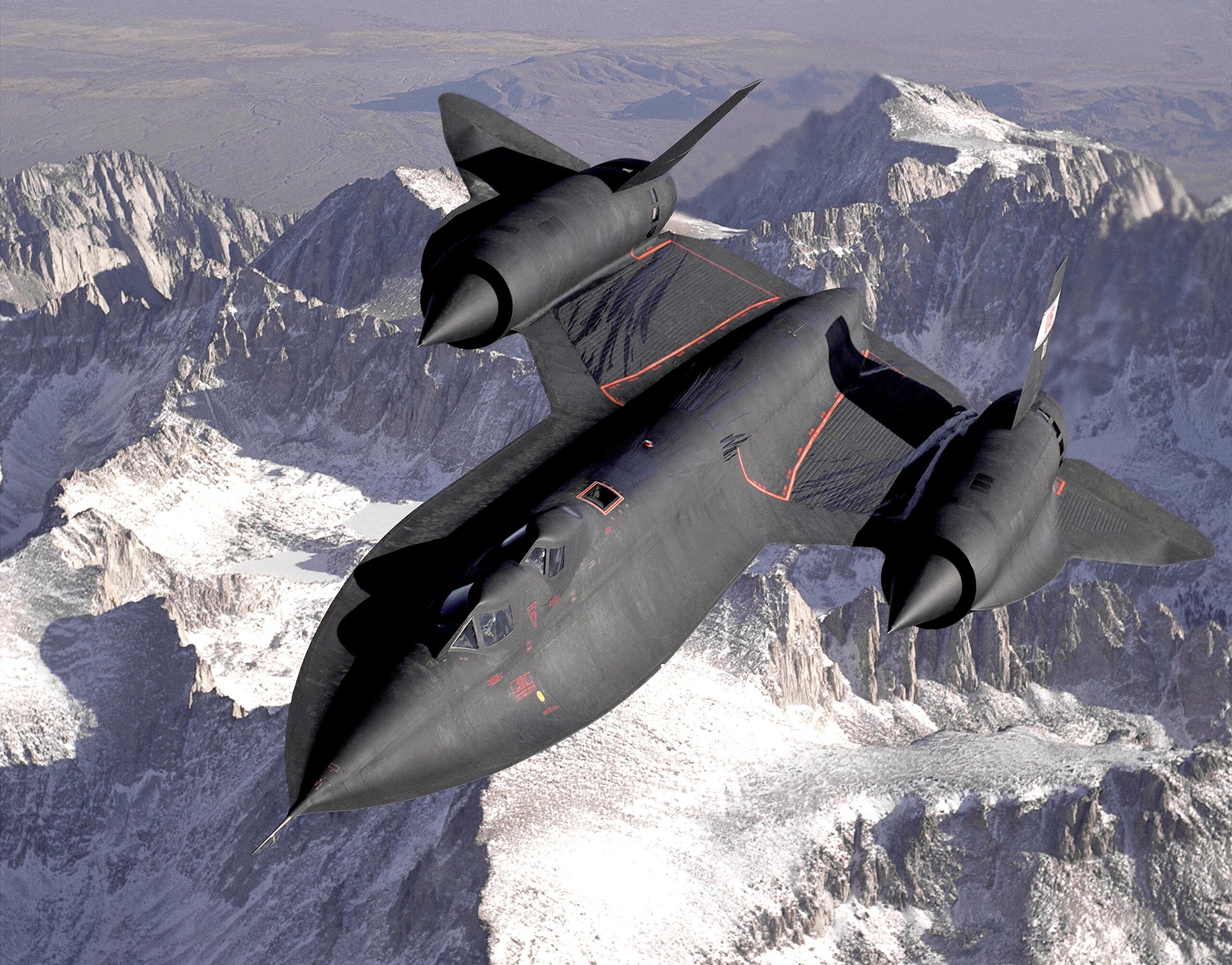
3. It Could Fly Higher Than Any Other Aircraft
The SR-71 operated at altitudes above 85,000 feet, which is over 16 miles high—more than three times the cruising altitude of a commercial airliner. At this altitude, the Blackbird flew at the edge of space, where the curvature of the Earth was visible, and the sky above was black, not blue. This incredible altitude allowed the SR-71 to avoid most enemy threats, as few missiles and aircraft could reach such heights. The SR-71’s ability to fly higher than any other aircraft provided it with a significant advantage in its reconnaissance missions, allowing it to gather intelligence over hostile territories with relative impunity.
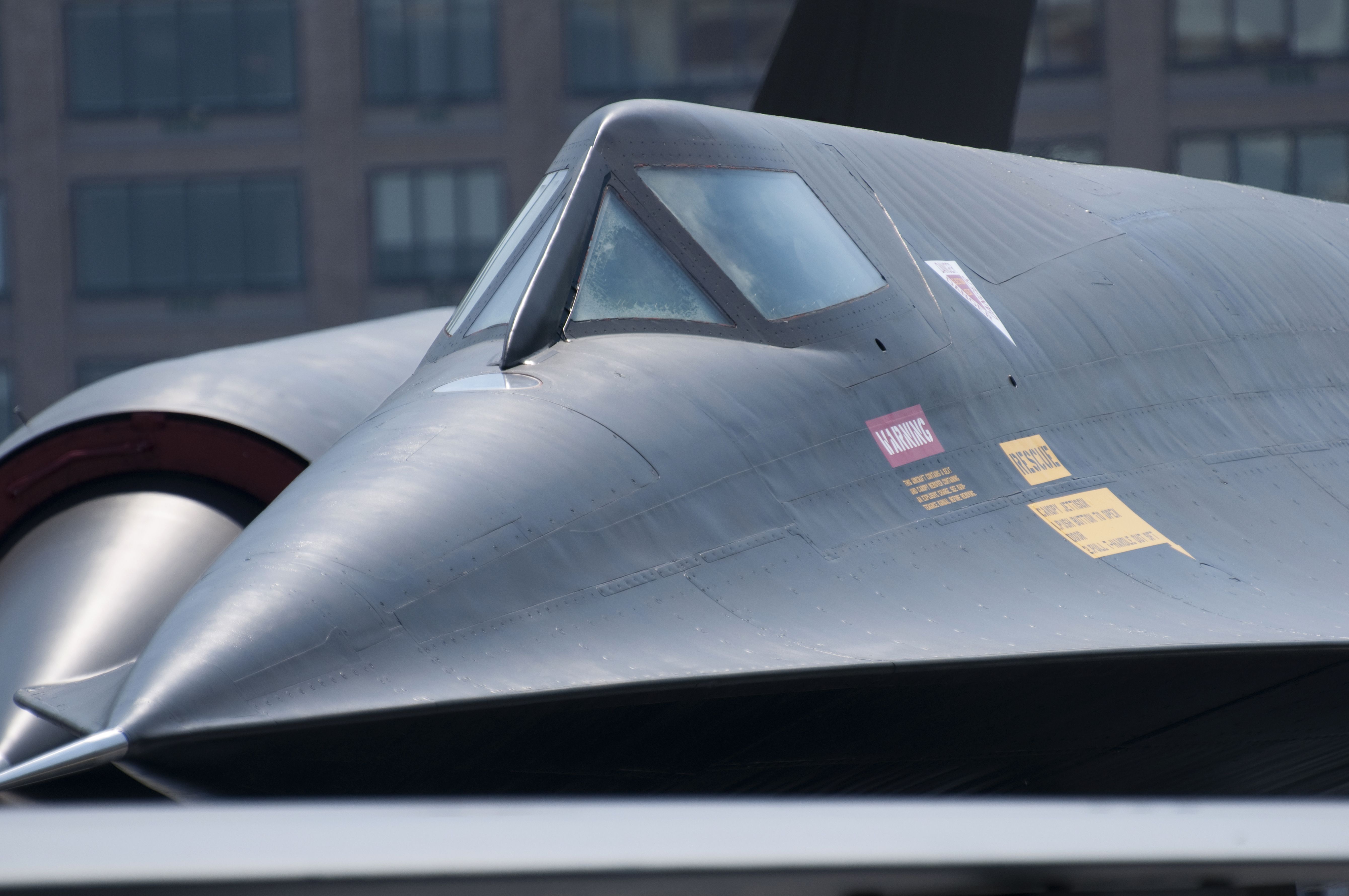
4. It Leaked Fuel on the Ground by Design
One of the most unusual facts about the SR-71 is that it was designed to leak fuel while on the ground. The Blackbird’s fuel tanks were not sealed tightly because the aircraft’s titanium structure expanded at high speeds due to the intense heat generated by air friction. This expansion sealed the tanks during flight, but on the ground, before the plane heated up, the fuel tanks would leak. To address this issue, the SR-71 took off with only a partial fuel load and then refueled mid-air once it reached cruising speed and altitude, after the structure had expanded and sealed the tanks. This unique design feature highlights the extreme conditions under which the SR-71 operated.
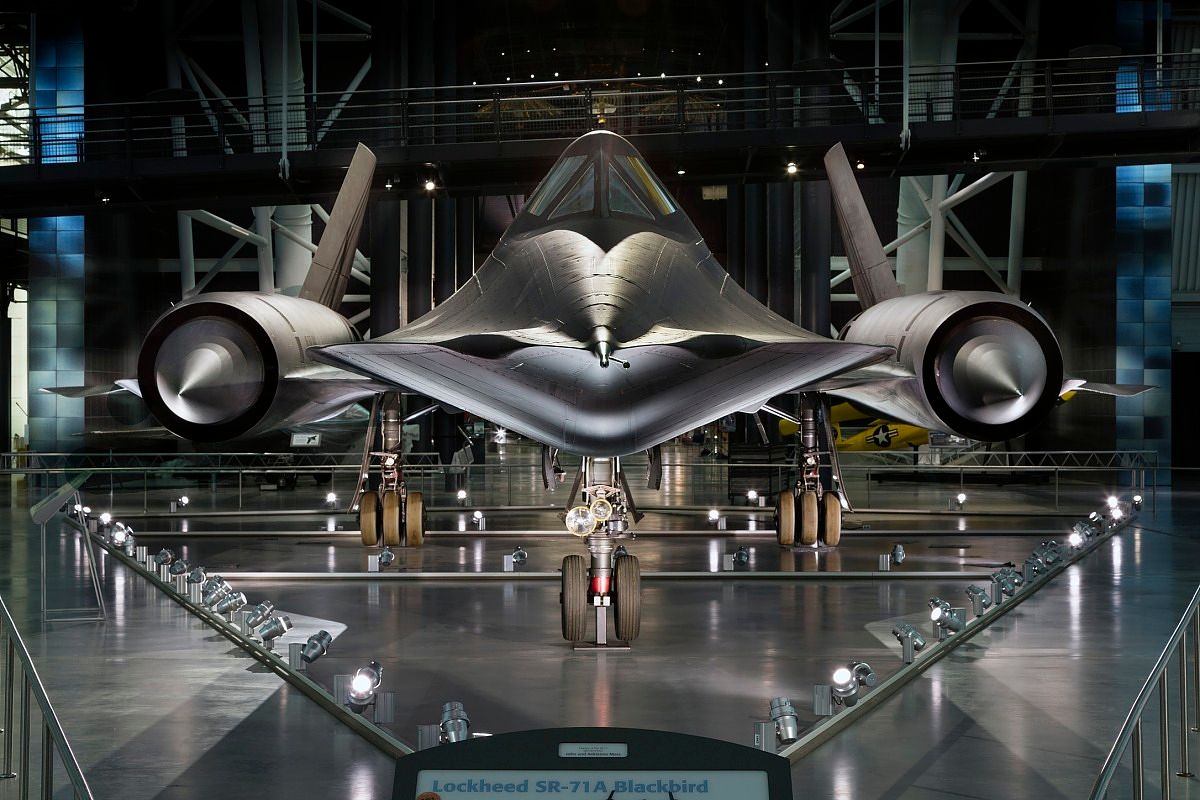
5. A Vital Tool During the Cold War
The SR-71 was not just an engineering marvel; it was also a vital intelligence-gathering tool during the Cold War. From its first flight in 1966 until its retirement in 1998, the SR-71 provided crucial reconnaissance data to the U.S. military and intelligence agencies. Flying at high speeds and altitudes, the SR-71 could penetrate deep into enemy territory and capture high-resolution images of strategic targets. Its primary mission was to gather intelligence on the Soviet Union and its allies, and it played a key role in monitoring missile sites, military installations, and other critical infrastructure. Despite being designed in the 1960s, the SR-71’s capabilities were so advanced that it remained in service for over three decades.
Conclusion: A Legacy of Innovation and Excellence
The Lockheed SR-71 Blackbird remains a symbol of innovation, engineering excellence, and Cold War-era ingenuity. Its unparalleled speed, altitude, and stealth capabilities made it a critical asset in the U.S. military’s arsenal. Even decades after its retirement, the SR-71 continues to be celebrated as one of the greatest achievements in aviation history. Its legacy lives on, not only in the records it set but also in the influence it had on the design of modern aircraft. The SR-71 Blackbird is more than just an airplane; it’s a testament to what can be achieved when the boundaries of technology are pushed to their absolute limits.





